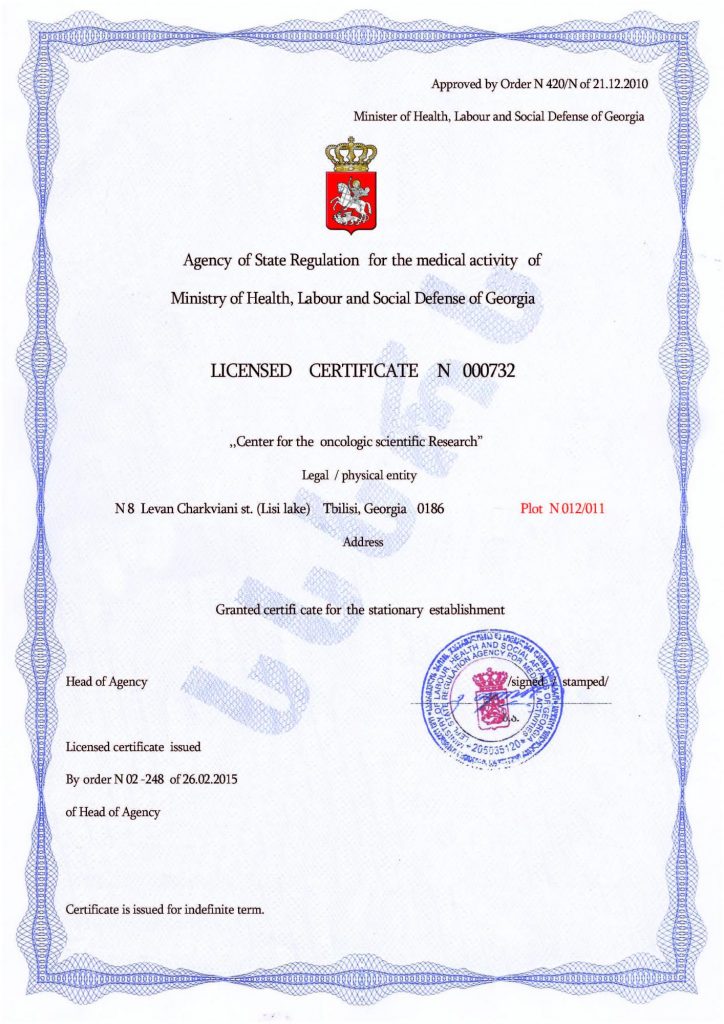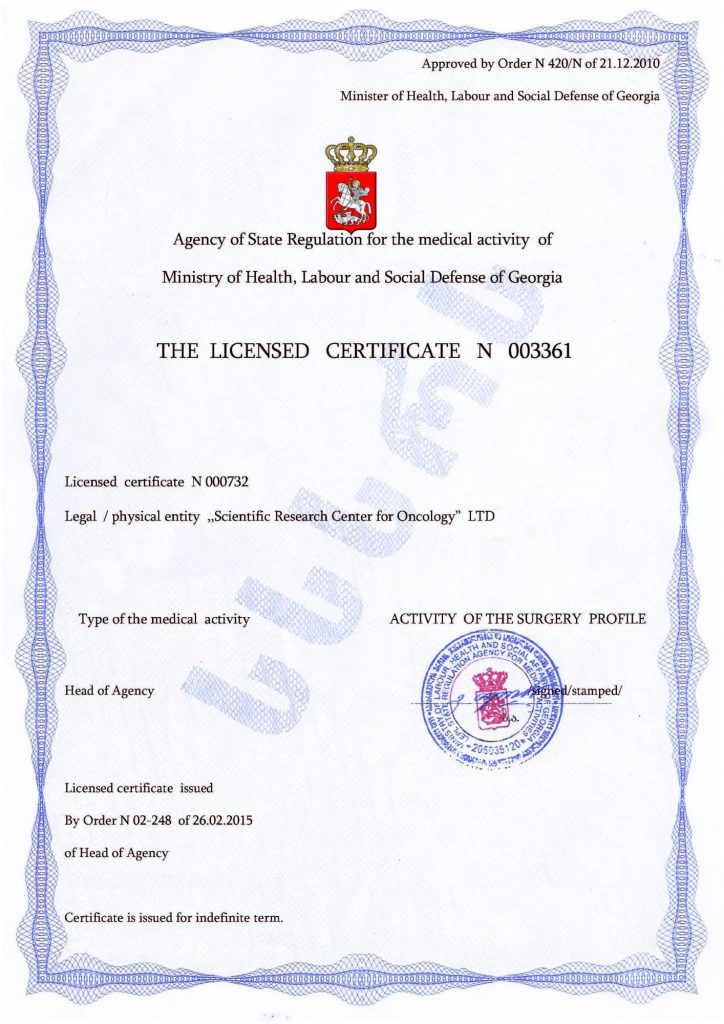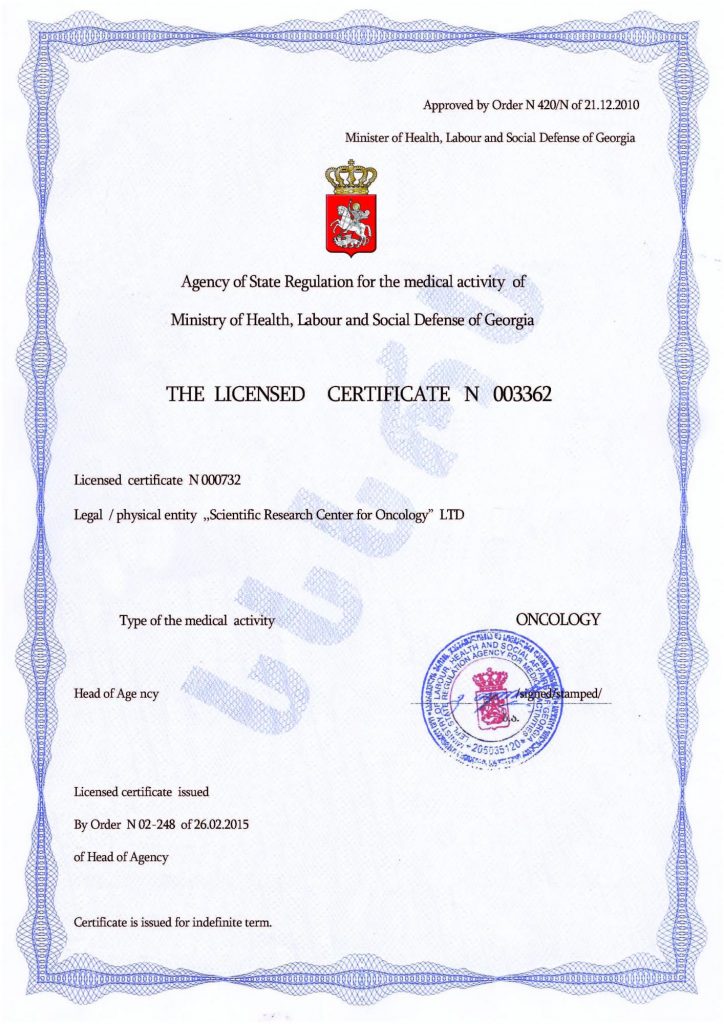How to Recognise Adolescent Autism
Autism spectrum disorder appears most often at the preschool age, but it can be diagnosed later in some cases. Signs of autism differ between preschoolers and adolescents. To understand how to help your child, you need to know the age-related features of the pathogenesis of ASD.
Is it possible to detect autism in adolescence?
Certainly. The causes of the disease are genetic. Sometimes ASD develops as a result of trauma, or severe viral and infectious pathologies. Young people with autistic disorder are introverts; they have difficulty communicating with other people and do not always fully develop intellectually, which causes problems with socialisation. The strongest symptoms appear at ages 11-12 and 16-17.
How to identify adolescent autism
Signs of the disease are more pronounced in teenagers than in preschoolers. The reason lies in the hormonal changes that occur at puberty. Often, parents try to find out about adolescent autism, while children themselves also want to understand their disorder. This can be done through careful observation and screening for a set of typical signs.
Symptoms to identify autistic adolescents and teenagers:
- Seclusion, desire to spend time alone;
- Poorly developed interpersonal relationships with peers, lack of friends;
- Emotional tension, feeling of ‘overload’ when communicating with people;
- High sensitivity to various irritating factors: bright lights, loud sounds, unusual situations;
- Delay in general development and, in particular, schooling;
- Poorly developed emotional and sensory spheres;
- Inability to react appropriately to different life situations;
- Severe mental conditions: unmotivated aggression, depression, panic attacks, complete apathy, epileptic seizures, etc.
If these signs of adolescent autism are present, a clinical test can be taken at your home to confirm diagnosis.
Don’t waste precious time! This is most important if your teenagers have autism.
Treatment must be started without delay, because every year the success rate of treatment decreases. The best option is to immediately treat the disease using stem cell transplantation, an invasive procedure with maximum effectiveness. This technique has been used relatively recently to treat of childhood autism spectrum disorder.
Advantages of treating childhood autism with cell transplantation:
- Use of patient’s own cells — safe and natural for the body;
- Unique therapeutic effect — elimination of cellular mutations in the brain;
- Increased impact of supporting treatments;
- Reduced intensity of symptoms;
- Absence of side effects.
The Mardaleishvili Medical Centre in Georgia offers patients the most favourable conditions for stem cell transplantation. Patients from all over the world come here and receive quality medical care.
Correct childhood autism in adolescence using stem cells — give your child a chance to improve the quality of their future life!
Autism Treatment Center Videos
Autism treatment with own stem cells
Cord blood association congress
International Quality Crown
Autism Treatment Reviews
Autism treatment with own stem cells
The story of Alessandro (6 years old)
Autism Patient Testimonial - Stem Cell Treatment
Clients Testimonials

Feedback from Igor, David’s father (12 years old) Read More

Feedback from Olga, Fedya’s mother Read More
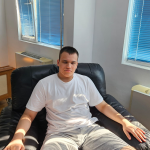
Feedback from Natalia, Radomir’s mother (15 years old) Read More
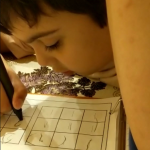
Feedback from Esther, Samuel’s mother (8 years old) Read More
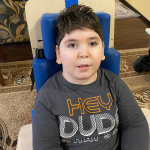
Feedback from Abibe, Selim’s mother (7 years old) Read More










